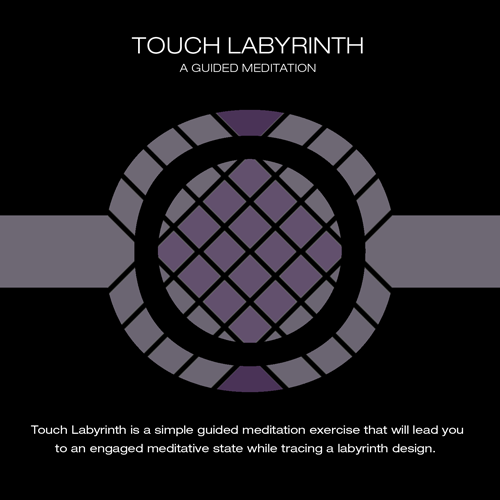|
For most of us, the term “Meditation” conjures up images of people, sitting cross-legged and listening to Indian “Sitar music”. However, when I started meditating in the 1990s, I rarely used music. I thought of myself as ignorant of music theory and practice and never connected with the value of music in helping me build my focus.
By early 2000s, I started using baroque music pieces with slow movements to guide me and increase my meditative “trance”. Soon, I discovered the deep levels of the relaxation I could achieve when I used a combination of electronic music, sounds of nature (ocean waves) and chanting.. In 2010, I accidentally discovered the music of J.S. Epperson. I loved his pieceInsight Meditation. I was impressed by the musician’s creativity and ability to produce hauntingly relaxing and beautiful music. As per the “Brain Wave Theory” – there are five categories of brain frequencies: Delta, Theta, Alpha, Beta, and Gamma, which influence the state of mind differently. Listening to the right kind of frequency helps the brain harmonize with that frequency thus enabling it to reach the desired state. Theta frequency music is believed to be the ideal frequency for meditation. While there is still controversy about the ability of all brainwave music to impact our brain functioning, many of my students and I will attest to the creativity and power of the music created by J.S. Epperson. I continue to use, almost exclusively, J.S. Epperson’s music in my meditation classes. Gammadrone and Insight Meditation are my favorite pieces. I reached him by phone in Seattle and I interviewed for this blog. Jay – tell me a little about yourself I always enjoyed playing music– by the time I was two or three I was obsessed with mechanical drones. I would sing harmonics over the hum of car engines and washing-machines. I started experimenting with electronic music when I was around 15, I eventually went on to study at The Thornton School of Music at The University of Southern California. During those college years, I made the connection between music and the brain in a communication class when the lecturer told us “What goes IN with music – comes OUT with music”! {Sudesh’s note – I agree – when I listen to the song hits of the 80s – it triggers beautiful and detailed happy memories of my life associated with those songs, Our brains literally “entrain” memories with music of those times.}. In early 1990s, I started providing music to The Monroe Institute and other organizations who wanted to use it as background for meditation tapes. What is your mission? Though some people may feel that there is a spiritual component to my work, my primary interest is in the physical responses to musical stimuli. For the most part, I am deeply interested in “artistically” interpreting brainwave research and applying it to my music. What advice do you have for our blog readers? Start with the intention. Block time for meditation regularly. Create the right environment. Let your family members know that you would not like to be disturbed (except for emergencies). Pick some serene music. And let yourself go. Sometimes I relax by listening to music created by others. The very act of creating music is very relaxing for me. I sometimes go on “meditation” binges 2-3 hours in a day. (Don’t listen to this music while you are driving or operating heavy machinery!) Check out J.S. Epperson’s music at http://higher-music.com/ and let us know what you like about his music.
0 Comments
Your comment will be posted after it is approved.
Leave a Reply. |
a guided finger meditationEngage your senses with soothing music, guided imagery and a labyrinth tracing activity which leverages the power of touch. Click the album cover to learn more. Categories
All
|

 RSS Feed
RSS Feed